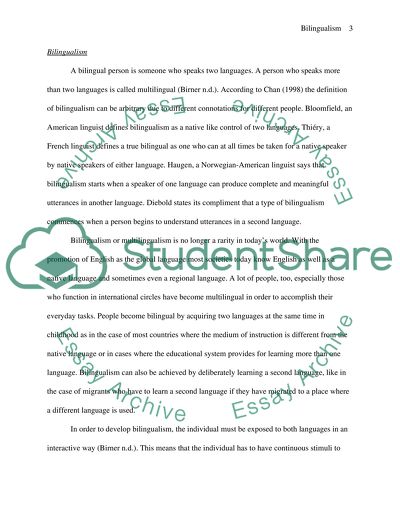Cite this document
(“Bilingualism Essay Example | Topics and Well Written Essays - 2500 words”, n.d.)
Bilingualism Essay Example | Topics and Well Written Essays - 2500 words. Retrieved from https://studentshare.org/miscellaneous/1547755-bilingualism
Bilingualism Essay Example | Topics and Well Written Essays - 2500 words. Retrieved from https://studentshare.org/miscellaneous/1547755-bilingualism
(Bilingualism Essay Example | Topics and Well Written Essays - 2500 Words)
Bilingualism Essay Example | Topics and Well Written Essays - 2500 Words. https://studentshare.org/miscellaneous/1547755-bilingualism.
Bilingualism Essay Example | Topics and Well Written Essays - 2500 Words. https://studentshare.org/miscellaneous/1547755-bilingualism.
“Bilingualism Essay Example | Topics and Well Written Essays - 2500 Words”, n.d. https://studentshare.org/miscellaneous/1547755-bilingualism.


